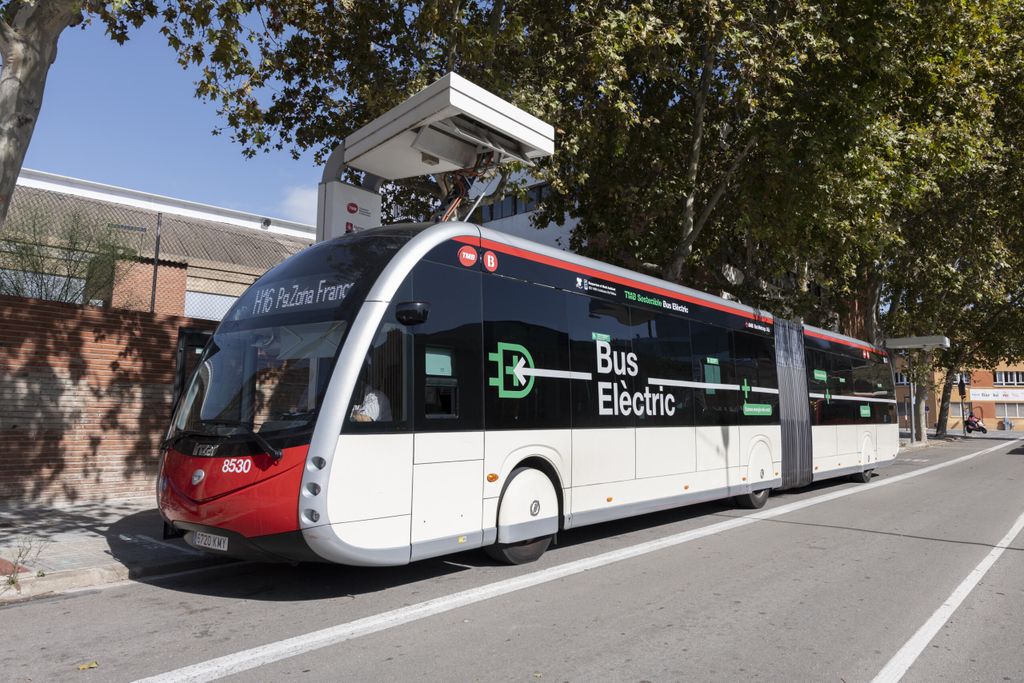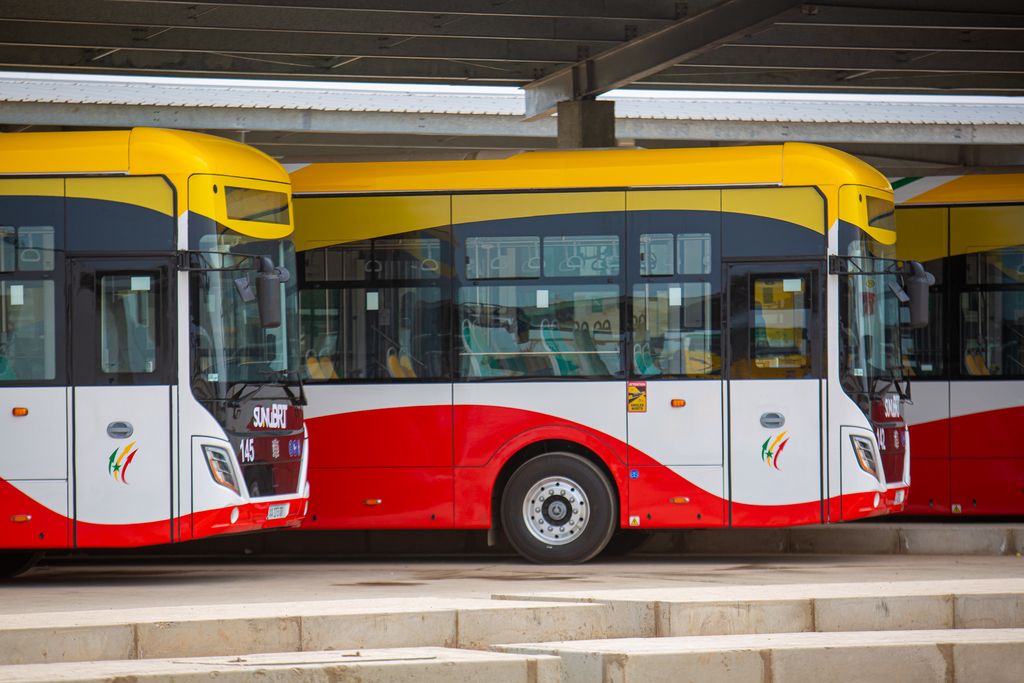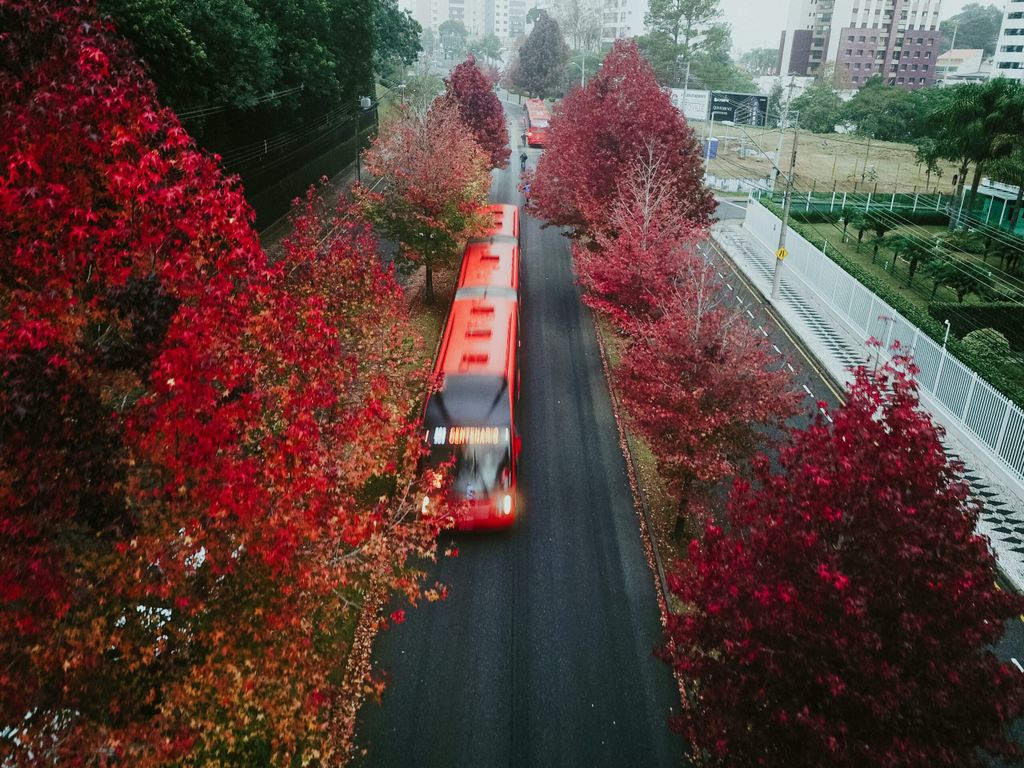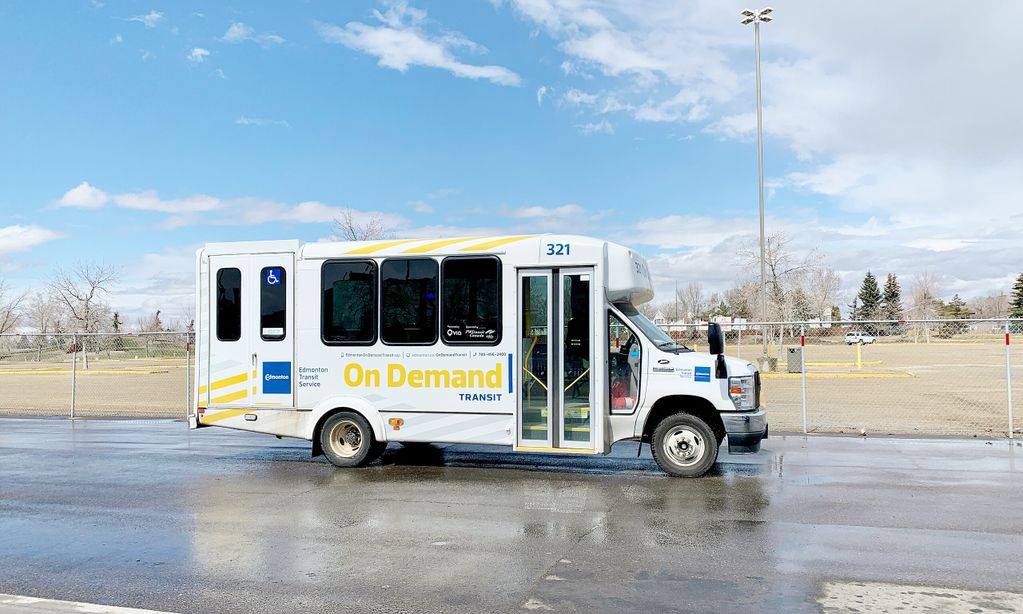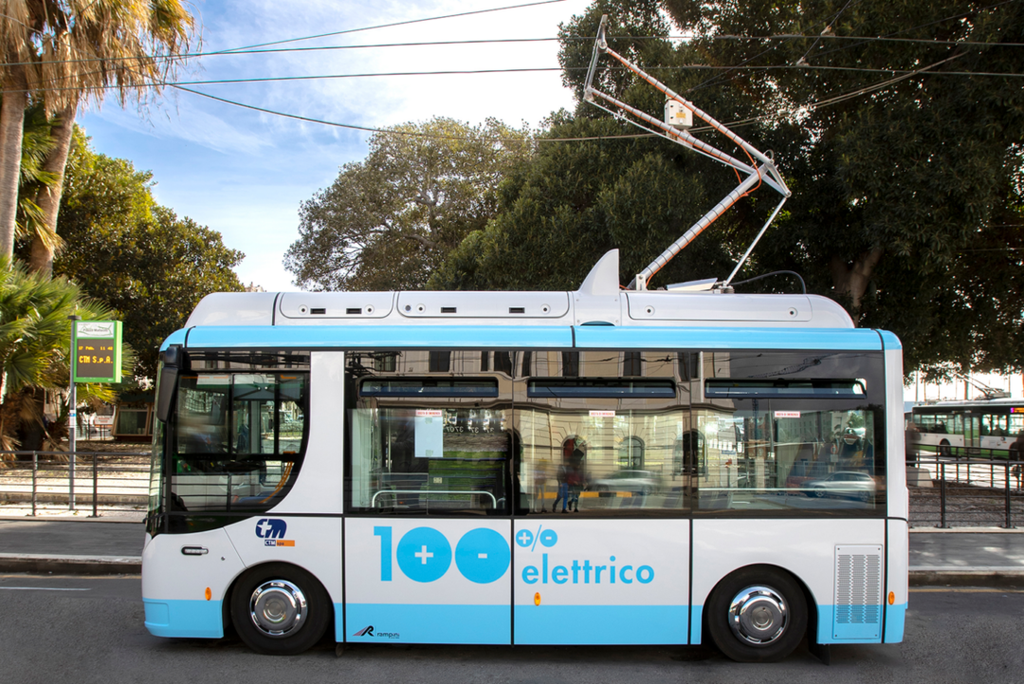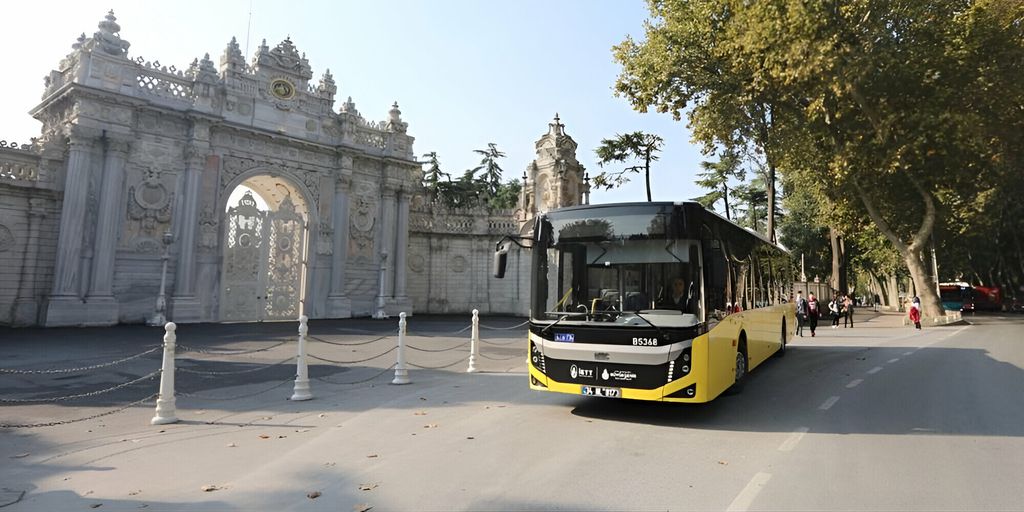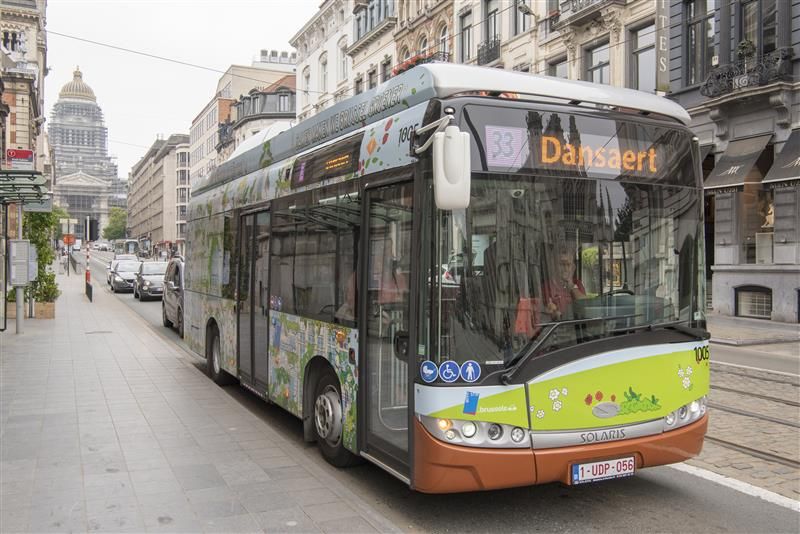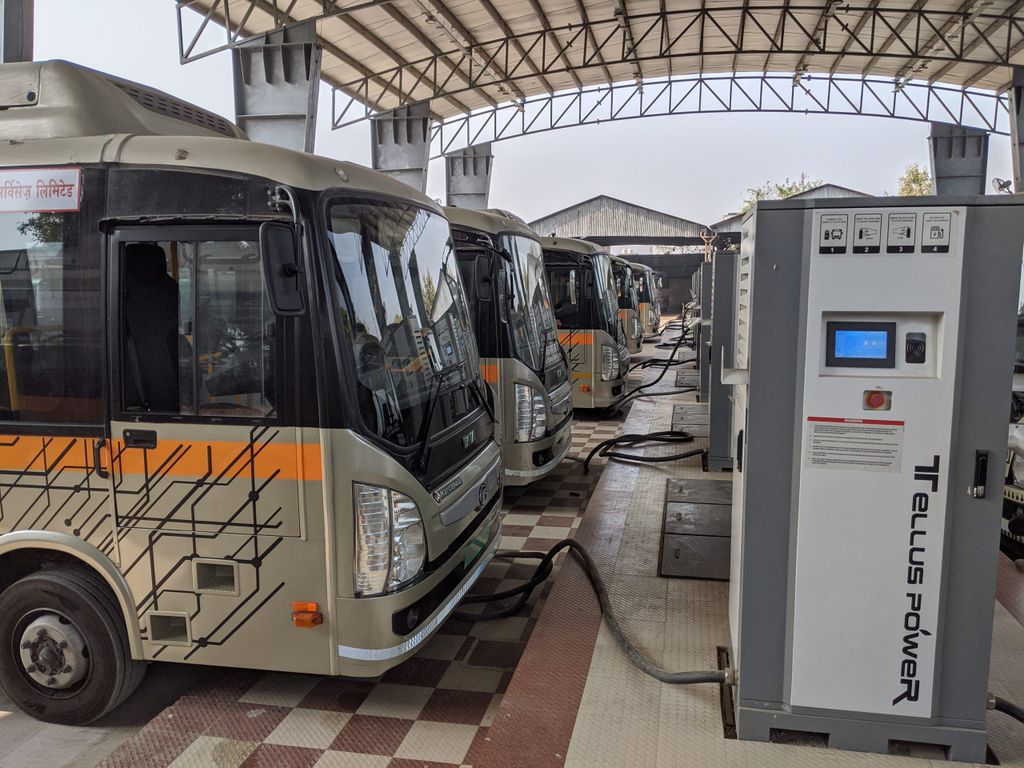
Electric bus procurement under FAME-II: Lessons learnt and recommendations
India’s e-bus transition
The transition to electric buses (e-buses) presents the opportunity to convert the maximum passenger-kilometre of travel to zero-emission transport in Indian cities. E-buses have the potential to yield a variety of benefits, including improved energy efficiency and air quality, along with longer-term climate change mitigation benefits. Despite these benefits, the financial considerations, such as the higher costs associated with the transition to e-buses, have so far limited the pace of electrification of the bus transport sector. The Government of India is working to address this and accelerate e-bus deployment; since 2015, it has been implementing the Faster Adoption and Manufacturing of (Hybrid and) Electric Vehicles (FAME) subsidy scheme to facilitate this transition. The second phase of the scheme, FAME-II, is currently under way.
The contracting and deployment of these buses are likely to be taken up in early 2021, as India recovers from COVID-19 and normal activities resume. This interim period gives us the opportunity to learn from the procurement efforts carried out so far and incorporate learnings into future e-bus procurement under Phase-II of FAME-II and beyond.
This report, in partnership with Shakti Sustainable Energy Foundation (SSEF), examines the status of e-bus deployment under FAME-II, presenting the lessons learnt from the procurement carried out thus far, and identifies potential measures to improve the financial performance in future rounds of procurement.

